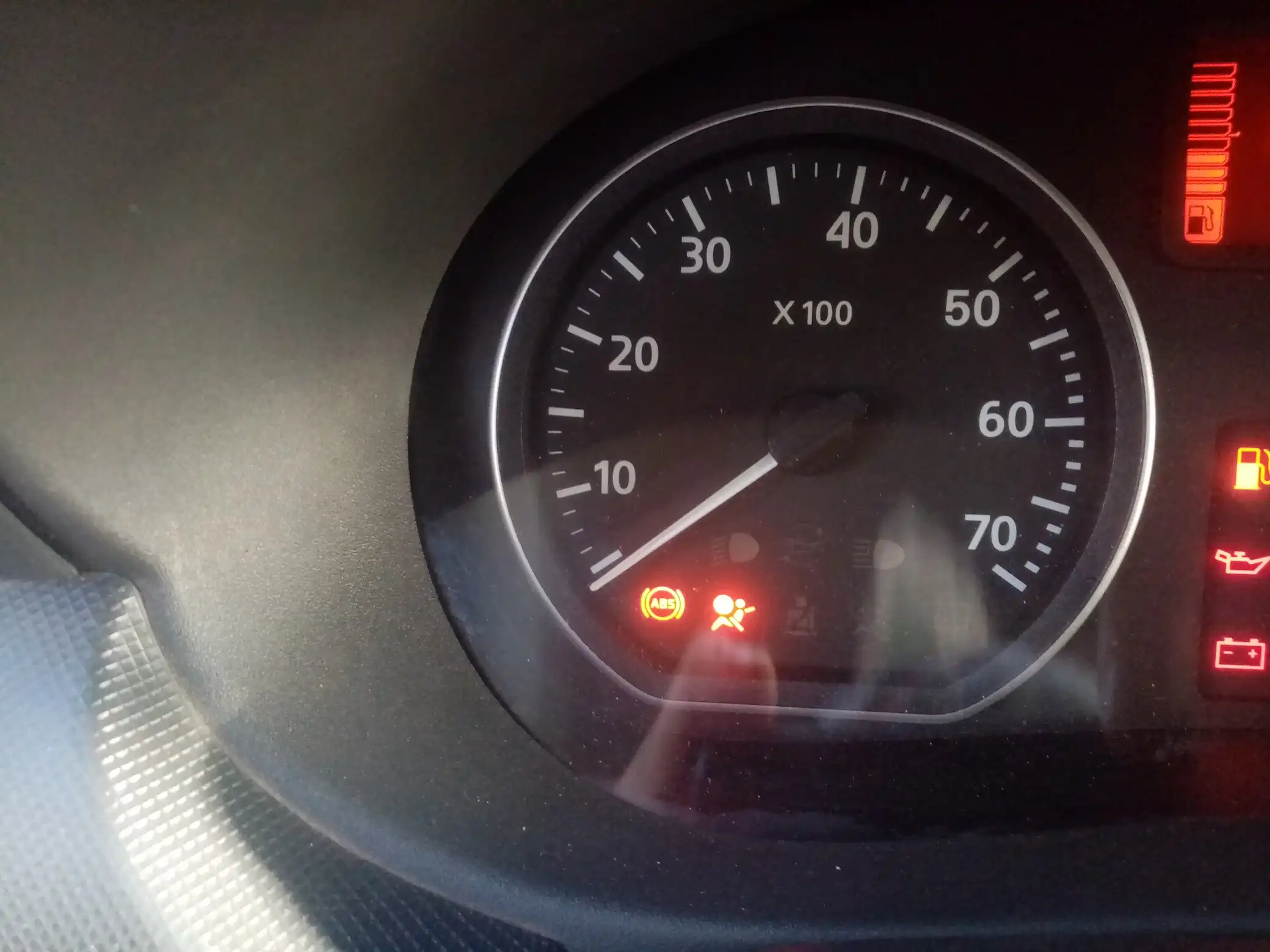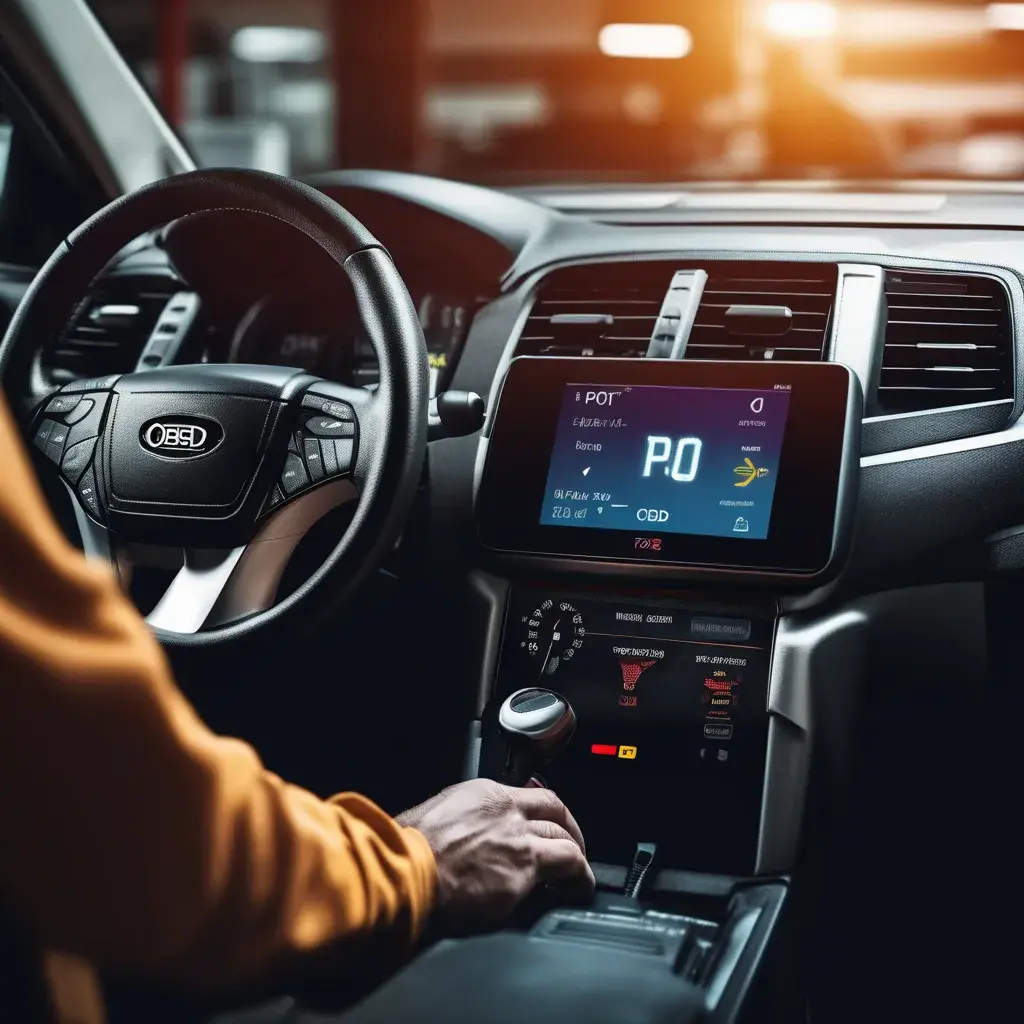When Check Engine Light on, it’s not just a warning, though; it’s a way for you and your car to talk. This complete guide helps you figure out what your car is trying to say, turning confusion into clarity with useful answers. We’ll help you figure out what’s wrong like a seasoned mechanic, whether it’s an open gas cap or a serious engine problem.
Here’s what you’ll master:
- 🛠️ Quick fixes you can do in your driveway
- ⚠️ Critical differences between flashing vs. solid warnings
- 🔍 Symptom decoder for shaking, stalling, and other red flags
- 🚗 Model-specific insights for Nissan, Honda, Toyota, and more
- 💡 Pro tips to prevent future issues and save money
No more guessing games – let’s get to the bottom of your check engine light together.
(Keep reading to become your car’s best diagnostician!)
Table of Contents
🔍 Why Is My Check Engine Light On? (Top Causes & Fixes)
The onboard diagnostics system (OBD-II) triggers the CEL when it detects an issue affecting emissions, performance, or engine health. Here are the most common causes, ranked by frequency:

1. Loose or Faulty Gas Cap (Most Common!)
- Symptoms: Light comes on after refueling, no noticeable drivability issues.
- Fix: Tighten the cap or replace it (10−10−25).
2. Oxygen (O2) Sensor Failure
- Symptoms: Poor fuel economy, rough idle, failed emissions test.
- Fix: Replace the sensor (100−100−300).
3. Catalytic Converter Problems
- Symptoms: Reduced power, sulfur smell, loud rattling noise.
- Fix: Replacement is expensive (800−800−2,500)—address root causes first (e.g., bad spark plugs).
4. Spark Plugs or Ignition Coils Failing
- Symptoms: Engine misfires, shaking, hesitation under acceleration.
- Fix: Replace plugs (50−50−150) or coils (100−100−300).
5. Mass Airflow (MAF) Sensor Issues
- Symptoms: Rough idle, stalling, poor acceleration.
- Fix: Clean or replace the sensor (100−100−400).
6. EVAP System Leak (Purge Valve, Hose Crack)
- Symptoms: Light comes on intermittently, fuel smell.
- Fix: Smoke test to find leaks (100−100−200 repair).
7. Faulty Thermostat or Engine Coolant Issues
- Symptoms: Overheating, poor heater performance.
- Fix: Replace thermostat (100−100−300).
8. Aftermarket Modifications or Recent Repairs
- Symptoms: The Light turns on after modifications (exhaust, intake) or repairs.
- Fix: Recheck work or reset the ECU.
⚠️ Check Engine Light Flashing vs. Solid: What’s the Difference?
| Flashing CEL | Solid CEL |
|---|---|
| Severe misfire (damaging catalytic converter) | Less urgent (but still needs attention) |
| Stop driving immediately | Schedule a diagnosis soon |
| Likely causes: Bad spark plugs, fuel injectors, or major sensor failure | Likely causes: Gas cap, minor sensor issue |

Expert Tip: A flashing light means pull over ASAP to avoid costly damage!
🚗 Why Is My Check Engine Light On AND…? (Symptom-Based Diagnosis)
1. “Why Is My Check Engine Light On and Car Shaking?”
- Likely Cause: Engine misfire (bad spark plugs, coils, or fuel injectors).
- Fix: Scan for codes (P0300-P0308) and replace faulty parts.
2. “Why Is My Check Engine Light On After Oil Change?”
- Likely Cause:
- Oil cap not tightened
- Incorrect oil viscosity
- Faulty oil pressure sensor
- Fix:
- Double-check the oil level and cap.
- Pro Tip: Most times, simply tightening the cap and resetting the CEL with an OBD2 scanner solves the issue—no mechanic needed!
3. “Why Is My Check Engine Light On With No Codes?”
- Likely Cause:
- Intermittent issue (sensor glitch)
- Weak battery/voltage fluctuations
- Fix: Check battery health and wiring.
4. “Why Is My Check Engine Light On After Getting Gas?”
- Likely Cause: Loose gas cap or EVAP system leak.
- Fix: Tighten cap; if light stays, check purge valve.
🔧 Model-Specific Check Engine Light Issues
Nissan Rogue
- Common codes: P0420 (catalytic converter), P0171 (lean fuel mixture)
- Fix: Check for exhaust leaks or a dirty MAF sensor.
Honda Accord
- Common codes: P0300 (misfire), P2646 (VTEC solenoid)
- Fix: Replace spark plugs or clean the VTEC screen.
Toyota RAV4
- Common codes: P0441 (EVAP purge flow), P0172 (rich fuel mixture)
- Fix: Inspect the purge valve and air filter.
🛠️ Expert Tips to Diagnose & Prevent CEL Issues
- Get a Free Code Scan (AutoZone, O’Reilly, etc.) before paying a mechanic.
- Invest in an OBD2 Scanner (20−20−100) for DIY diagnostics.
- Don’t ignore a Solid CEL—small issues can escalate.
- Reset the Light Properly (fix the issue first, then clear codes).
- Regular Maintenance (oil changes, air filter, spark plugs) prevents many CEL triggers.
❓ FAQs: Quick Check Engine Light Answers
Q1. Can a loose gas cap cause the check engine light to come on?
Yes! A loose, damaged, or missing gas cap is the #1 most common trigger. Tighten it or replace it, then reset the light.
Q2. Why is my check engine light flashing?
A flashing CEL means a severe misfire that can damage the catalytic converter. Stop driving immediately and diagnose the issue.
Q3. Will the check engine light turn off by itself?
Sometimes, if the issue (like a loose gas cap) is fixed, it may take a few drive cycles. For certainty, use an OBD2 scanner to clear it.
Q4. Can low oil cause the check engine light to come on?
Not directly, but low oil pressure (due to low oil or a faulty sensor) can trigger it. Check your dipstick!
Q5. How much does it cost to fix a check engine light?
It depends:
- Gas cap: 10−10−25
- O2 sensor: 100−100−300
- Catalytic converter: 800−800−2,500+
Pro Tip: Always scan codes first to avoid unnecessary repairs!
🔚 Final Thoughts
Although a check engine light might be annoying, if you are equipped with the correct knowledge, you can approach it with confidence. Recall that quick care usually helps to prevent small problems from becoming more serious issues. Mark this guidebook for future use; it may save you money and time downstream. See a reputable mechanic if you have ongoing or major problems, so do not delay. The state of your car is just too critical to overlook. Your car will run fault-free for years to come with correct maintenance and timely upkeep. Many more kilometres of trouble-free driving are ahead.
(Note: Severe issues like flashing CEL or overheating require professional help.)
Still unsure why your Check Engine Light is on? Leave a comment below with your car’s symptoms or trouble code, and we’ll help you diagnose it! 🚗💡
More usefull artcile for you:

Pingback: 4 Shocking Causes of Gas Smell in Cars You Shouldn't Ignore
Pingback: 8 Car Dash Symbols: Meanings, Fixes & Expert Tips
Pingback: Symptoms of a Bad Oxygen Sensor: Warning Signs & Solutions
Pingback: 10 Most Common Car Problems & How to Fix Them (Expert Guide)
Pingback: Touchless Car Wash: Safe Cleaning or Paint Risk?